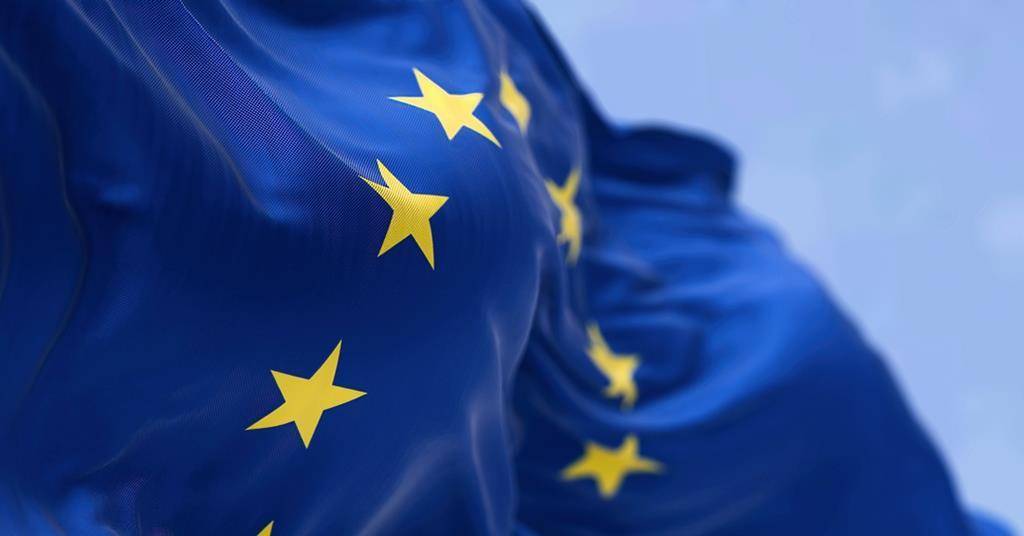The European Commission claims that all 27 EU countries have failed to achieve a number of collection and recycling targets, and is set to launch infringement procedures as a result. What does all of this mean in practice? Tim Sykes, Packaging Europe’s brand director, tells us more.
This content was originally sent to Packaging Europe members in The Bulletin – a weekly newsletter with articles like this, as well as lots more original content. To receive a brand-new edition of The Bulletin every week, plus an exclusive range of reports, briefings and events, click here to learn more about becoming a member.
As you’ve no doubt discovered for yourselves, the European Commission has launched an infringement procedure against all 27 of its Member States. Various legally binding collection and recycling targets have not been met, the Commission says, including mandates laid out in the since-updated Packaging and Packaging Waste Directive.
By 31st December 2008, all Member States were to recycle between 55% and 80% of their packaging waste. Specifically, this constituted 60% of their paper, cardboard, and glass, as well as 50% of their metals, 22.5% of their plastics, and 15% of their wood.
No specific breakdown of each nation’s progress is provided; the Commission simply states that ‘many’ of these recycling rates were not achieved.
Understandably, questions were raised when we shared our coverage of the proceedings on LinkedIn. It was correctly pointed out that it has been sixteen years since the Directive’s targets were supposedly missed, and one might wonder why legal action is only now being taken.
The answer is up for debate. There is the cynical argument that, as various industry players voice their concerns about the Packaging and Packaging Waste Regulation in its current form, taking Member States to task is a smokescreen to avoid the complicated work of altering the text.
Conversely, the increasing ambition of newer legislation requires our industry – and, indeed, our politicians – to be proactive. Some might argue that serious legal consequences could be the necessary incentive to ensure everyone makes an equal and meaningful contribution to the EU’s targets.
So, too, did a commenter wonder where the UK stands, given its departure from the EU. While I don’t have all the answers, I can point to Statista’s research regarding plastic food packaging; it records a 21.2% increase in the recycling rate between 2008 and 2016, at which point it stagnates. With 70% of the UK’s plastic waste comprising packaging, according to WRAP, the total amount of waste across all materials and applications is undoubtedly an unsettling figure.
Here at Packaging Europe, my colleagues and I will keep our eyes on the infringement procedure as it unfolds. We hope to see some positive steps forward, but only time will tell.
If you liked this story, you might also enjoy:
How are the top brands progressing on packaging sustainability?
Sustainable Innovation Report 2024: Current trends and future priorities
Reuse vs. single use – which is better for the environment?
The ultimate guide to global plastic sustainability regulation

